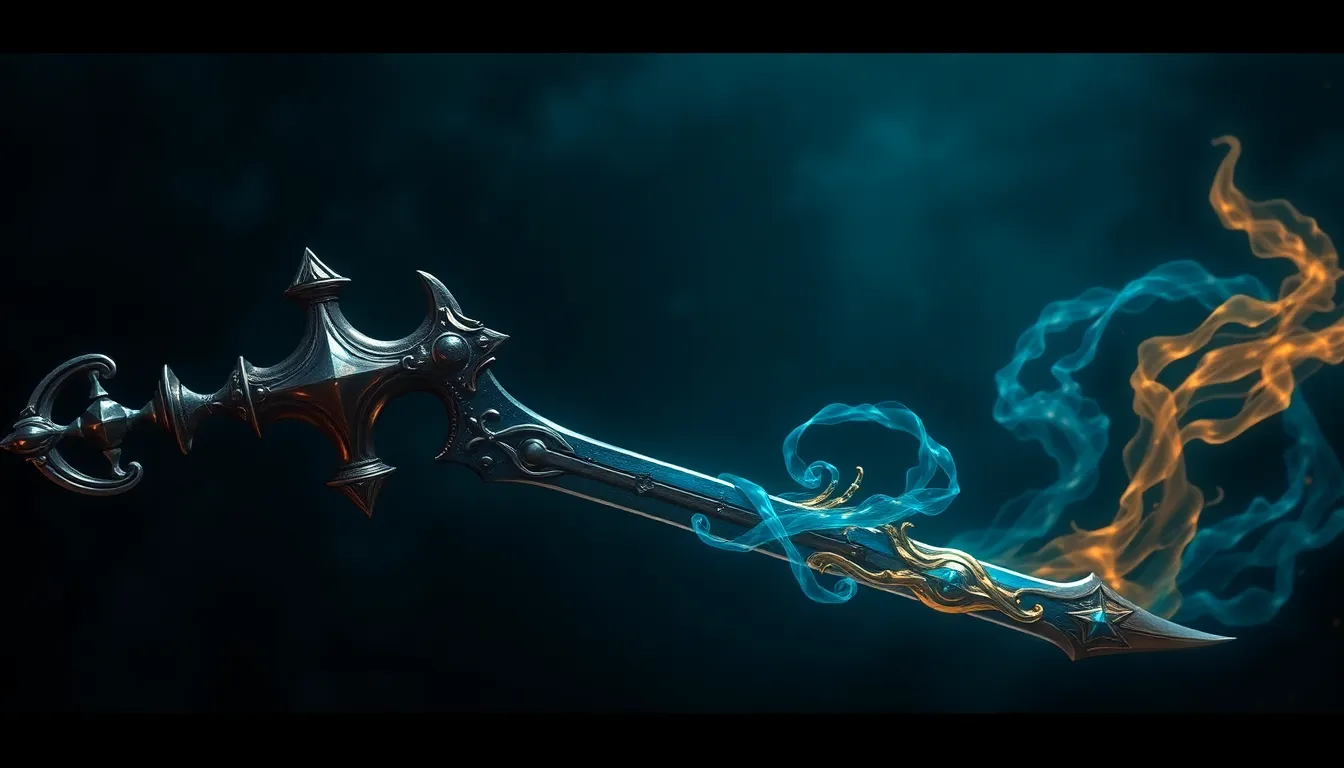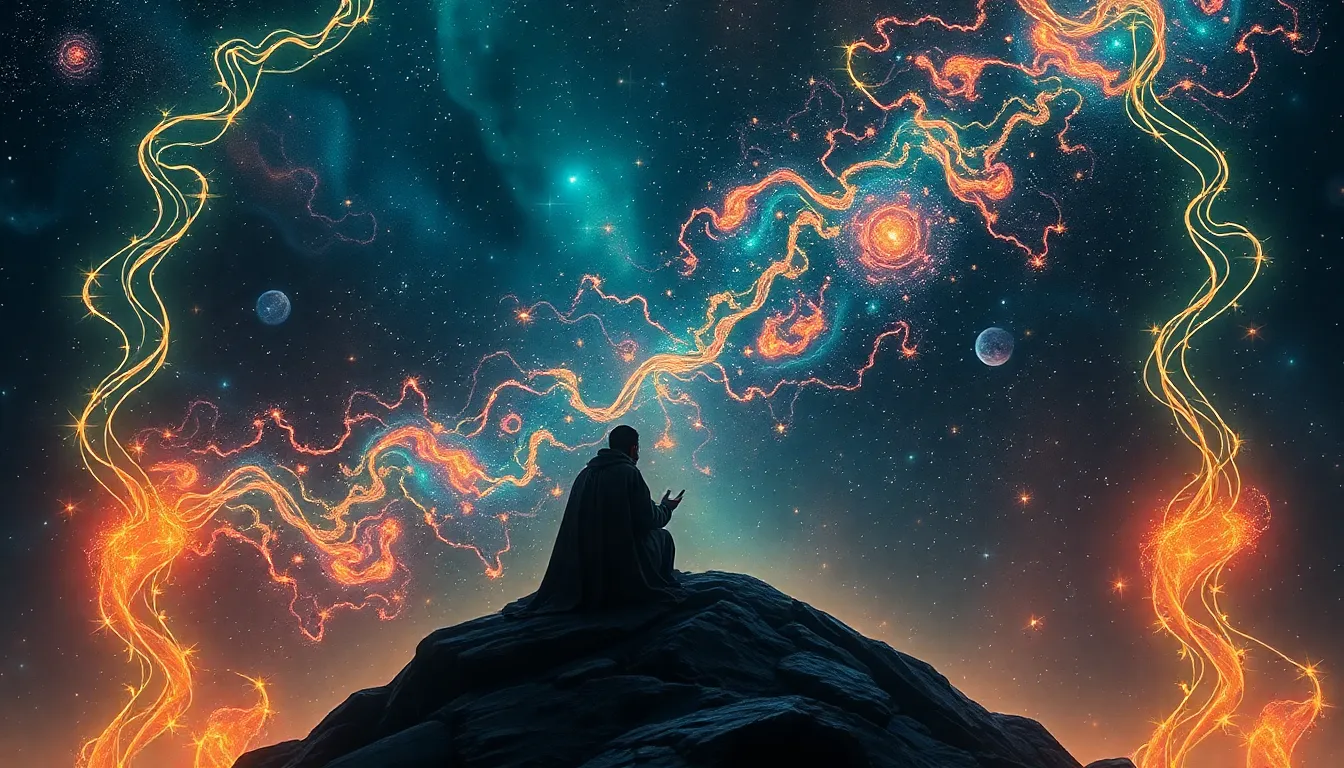Fierce Fables: The Greatest Mythological Battles Explained!
I. Introduction to Mythological Battles
Mythological battles are epic confrontations found in the lore of various cultures, embodying the struggle between opposing forces—be they gods, monsters, or heroic figures. These battles often symbolize deeper conflicts within humanity, such as the battle between good and evil, chaos and order, or life and death.
The importance of these battles in mythology and storytelling cannot be overstated. They serve as the backbone of many narratives, allowing societies to explore their values, fears, and aspirations through allegorical tales. This article will delve into some of the most significant mythological battles from various cultures, examining their backgrounds, key figures, and the lessons they impart.
II. The Titans vs. the Olympians: The Battle for Supremacy
The Titanomachy, a central battle in Greek mythology, was fought between the Titans, led by Cronus, and the Olympian gods, led by Zeus. This conflict arose when Zeus sought to overthrow his father Cronus, who had swallowed his siblings to prevent them from challenging his rule.
Key figures in this battle include:
- Cronus: The leader of the Titans, representing the old order.
- Zeus: The youngest son of Cronus, symbolizing hope and the new generation.
- Hera, Poseidon, and Hades: Zeus’s siblings who supported him in the revolt.
The impact of the Titanomachy was profound, reshaping the structure of divine power in Greek mythology. With the defeat of the Titans, the Olympian gods established their reign, leading to a new era characterized by different myths and a redefined relationship between gods and mortals.
III. The War of the Gods: Norse Ragnarok
Ragnarok is the prophesied end of the world in Norse mythology, marked by a great battle between the gods and their foes, including giants and monsters. This cataclysmic event signifies the cyclical nature of time and the inevitability of change.
Key participants in Ragnarok include:
- Odin: The Allfather and leader of the Aesir, who faces his destiny bravely.
- Thor: The god of thunder, who fights valiantly against the serpent Jormungandr.
- Loki: The trickster god, whose betrayal leads to the chaos of Ragnarok.
The outcomes and consequences of this war are profound, leading to the death of many gods and the rebirth of the world. Ragnarok serves as a reminder of the inevitability of change and the resilience of life, as the cosmos is eventually renewed after destruction.
IV. The Epic of Gilgamesh: The Battle with Humbaba
The Epic of Gilgamesh is one of the oldest known literary works, chronicling the adventures of Gilgamesh, the king of Uruk, and his companion Enkidu. Their confrontation with Humbaba, the guardian of the Cedar Forest, represents a pivotal moment in the narrative.
In this epic battle, Gilgamesh and Enkidu face Humbaba, who embodies the raw, untamed forces of nature. Their victory signifies the triumph of civilization over chaos and the natural world.
Themes of heroism and the quest for immortality are central to this story, as Gilgamesh learns that true immortality lies in the legacy one leaves behind rather than in eternal life.
V. The Clash of Titans: Hindu Mythology and the Churning of the Ocean
The Samudra Manthan, or the Churning of the Ocean, is a significant event in Hindu mythology where the Devas (gods) and Asuras (demons) collaborated to churn the Ocean of Milk to obtain the nectar of immortality.
Key figures in this myth include:
- Devas: The gods who seek the nectar to gain immortality.
- Asuras: The demons who also desire the nectar, representing temptation and greed.
- Vishnu: The preserver god who aids the Devas in this endeavor.
The moral lessons derived from the battle emphasize the importance of collaboration and balance between opposing forces. The story teaches that even the fiercest enemies can work together to achieve a common goal, and it underscores the value of perseverance and unity.
VI. The Trojan War: A Legendary Conflict
The Trojan War is a legendary conflict that has captivated audiences through the ages, primarily chronicled in works like Homer’s “Iliad.” It arose from a combination of pride, love, and betrayal, ignited by the abduction of Helen by Paris of Troy.
Key battles and heroes include:
- Achilles: The greatest warrior of the Greeks, whose rage and eventual demise are central to the narrative.
- Hector: The noble Trojan prince who stands as the defender of Troy.
- Odysseus: Known for his cunning, he plays a crucial role in strategizing the Greek victory.
The lasting legacy of the Trojan War is evident in literature and art, inspiring countless adaptations and interpretations. It explores themes of honor, sacrifice, and the human condition, making it a timeless tale of conflict and consequence.
VII. The Battle of the Gods: Egyptian Mythology’s Osiris vs. Set
The conflict between Osiris and Set is a central narrative in Egyptian mythology, representing the eternal struggle between good and evil. Osiris, the god of the afterlife, is betrayed and killed by his brother Set, who embodies chaos and disorder.
The themes of good vs. evil and resurrection are prevalent in this myth. Osiris’s eventual resurrection by his wife Isis highlights the triumph of life over death and the cyclical nature of existence.
The cultural implications of this myth for ancient Egyptians were profound, influencing their beliefs in the afterlife and the importance of moral conduct, as well as the power of love and loyalty.
VIII. The Fight for the Golden Fleece: Jason and the Argonauts
The quest for the Golden Fleece is an adventure that showcases heroism and teamwork. Jason, accompanied by the Argonauts, embarks on a perilous journey to retrieve the fleece, an emblem of authority and kingship.
Key battles in this quest include confrontations with:
- Harpies: Winged spirits that torment the blind seer Phineas, whom the Argonauts help.
- Talos: A giant bronze guardian of Crete whom they must defeat to secure their passage.
The significance of teamwork and heroism in this quest is paramount. The story emphasizes that great achievements often require collaboration and bravery in the face of adversity, showcasing the strength found in unity.
IX. The Celtic Myth of Cu Chulainn
Cu Chulainn is a legendary hero in Irish mythology, known for his superhuman abilities and tragic fate. His battles, particularly against the armies of Connacht, are celebrated in the “Tain Bo Cuailnge,” where he singlehandedly defends Ulster against overwhelming odds.
Key elements of his legend include:
- The Cattle Raid of Cooley: The central conflict where Cu Chulainn faces the armies of Queen Medb.
- The Gae Bolga: His iconic weapon that he uses to defeat his enemies with a single strike.
Cu Chulainn’s story is marked by themes of honor, heroism, and sacrifice. His willingness to fight against insurmountable odds and his tragic end reflect the complexities of the hero’s journey, making him a lasting symbol of bravery in Celtic mythology.



